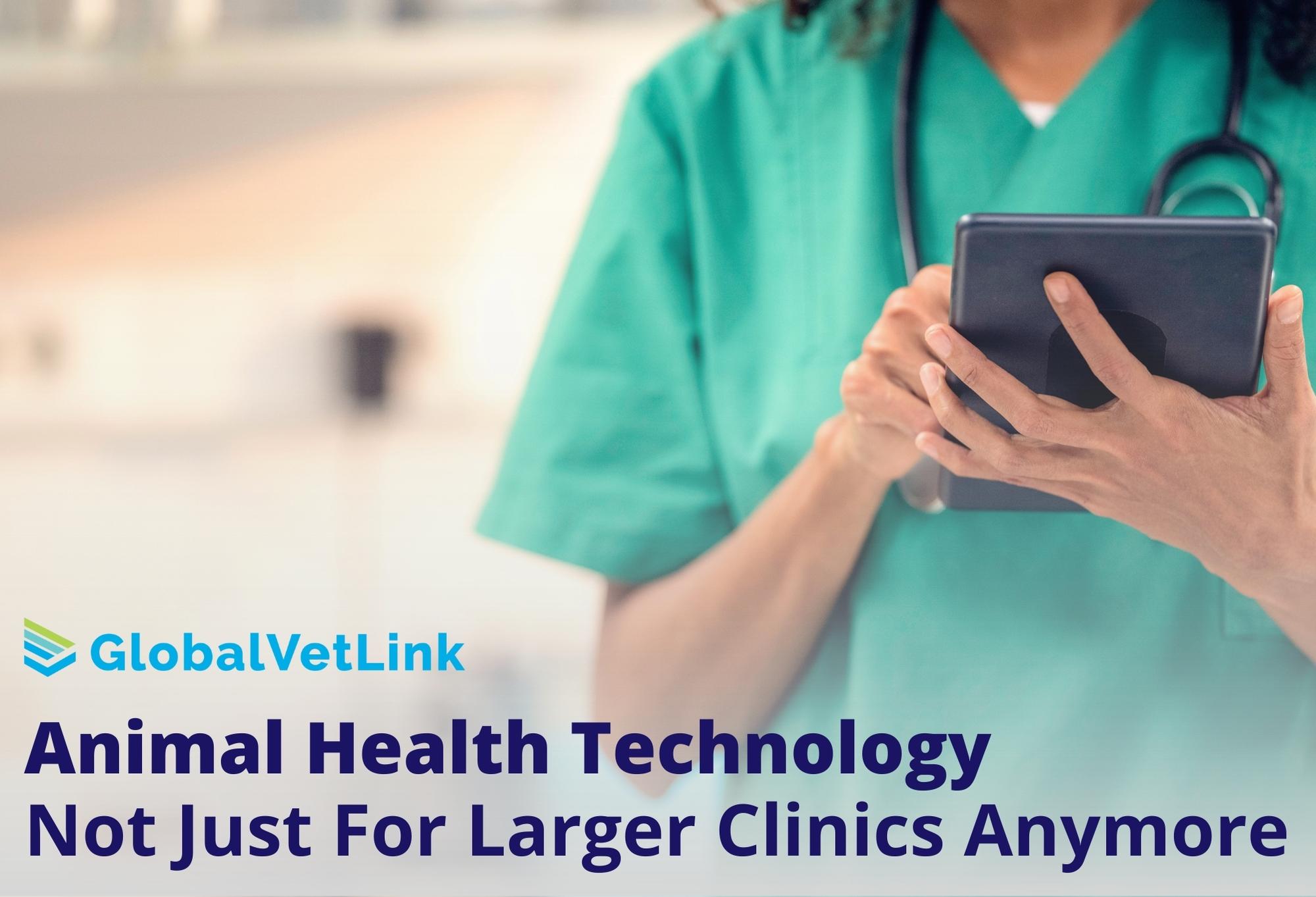Traditionally, technology in the animal healthcare and veterinarian space has indeed been more accessible to larger clinics with greater financial resources and larger staff. This divide has been due to several factors, including the high costs associated with implementing and maintaining technology, the complexities of integrating various systems, and the need for skilled personnel to operate and troubleshoot these technologies. However, the landscape is evolving, and smaller veterinary practices are increasingly finding ways to incorporate technology to their advantage.
Various factors drive the shift towards making technology more accessible to smaller clinics:
- Cost Reduction: Advances in technology have led to cost reductions in various aspects, such as hardware, software, and cloud-based services. This makes it more affordable for smaller clinics to invest in the necessary tools without breaking the bank.
Services like GlobalVetLink, offer different pricing plans that fit any size practices. GlobalVetLink provides the most convenient and comprehensive platform for animal health and movement regulatory compliance with no monthly minimums or subscription requirements and unlimited user accounts for veterinarians and staff.
- Scalability: Many technology solutions are now scalable, allowing clinics to start small and expand their use of technology as they grow. This eliminates the need for a substantial upfront investment and enables clinics to tailor their technology adoption to their specific needs.
- Software as a Service: Cloud-based solutions also known as Software as a Service (Saas) have revolutionized how data is stored and accessed. Smaller clinics can now use cloud platforms to manage patient records, appointments, billing, and other critical information without needing extensive on-site infrastructure.
Utilizing cloud-based platforms such as GlobalVetLink makes your animal health and movement data accessible from any location through any internet-enabled device. This introduces a heightened degree of convenience and accessibility to your practice.
- User-Friendly Interfaces: Modern technology solutions are designed with user-friendliness in mind. Even smaller clinics with limited technical experience can quickly learn to operate these systems.
For example, in addition to its user-friendly interface, GlobalVetLink provides ample customer support and training resources throughout your journey. You will always have the guidance of our knowledgeable team, ensuring you never feel uncertain or lost.
- Interoperability: Technology providers are increasingly working to create systems that can integrate seamlessly with each other. This is especially important in the healthcare sector, where different technologies (e.g., electronic health records, diagnostic equipment, telemedicine platforms) must communicate effectively.
- Remote Access and Telemedicine: Telemedicine and remote monitoring tools are becoming more prevalent in veterinary care. Smaller clinics can now offer virtual consultations and remote monitoring services, allowing them to reach a broader client base and provide care without requiring clients to visit the clinic physically.
The transition to telemedicine has been largely well-received by pet owners, with 75% expressing they were 'satisfied' or 'extremely satisfied' following a telemedicine consultation and dog owners expressing a willingness to pay an additional $38 for telehealth visits above the cost of an in-person visit.
For pet owners, this additional willingness to pay stems from the technology's utility in delivering rural health care, eliminating the need to transport animals (which are often shy, nervous, or large), being cost-and time-effective, and for improving health outcomes – specifically reductions in hospitalization, readmissions, and mortality.
- Data-Driven Decision Making: Technology enables clinics to collect and analyze data related to patient health, appointment schedules, and more. This data-driven approach helps clinics make informed decisions, improve patient care, and optimize their operations.
- Marketing and Communication: Technology allows clinics, regardless of size, to reach their audience through social media, online advertising, and email campaigns. This can help smaller clinics build their brand and attract new clients.
The increasing ownership of pets by younger generations has driven the demand for pet care technology solutions. Pet owners seek personalized solutions, with 43% of consumers considering personalized advertisements to be crucial to their purchasing decisions.
- Changing Pet Owner Demographics: The COVID-19 pandemic and subsequent lockdowns have served as a significant catalyst for pet adoption, especially amongst younger generations (aged 18-34). Millennials now account for one-third of all pet owners, and the Gen Z demographic is steadily growing, comprising 16% of pet owners. It’s no secret these younger generations prefer and even expect technology driven consumer experiences , and it’s no different when it comes to their pet’s care.
- Education and Training: Online resources, webinars, and educational platforms make it easier for veterinary professionals in smaller clinics to stay updated on the latest advancements in their field without having to attend expensive conferences or workshops.
For example, GlobalVetLink provides a range of industry-specific informative webinars and complimentary continuing education opportunities accessible to both current and potential clients. As a valued customer, you will receive early notifications about the scheduling of these events. Check out our current selection of webinars here.
- Community and Collaboration: Online forums and professional networks allow veterinarians from smaller clinics to connect with peers, share experiences, and seek advice, creating a sense of community and support.
Incorporating animal health technology into a smaller veterinary practice might involve adopting electronic health record systems, using practice management software, implementing telemedicine solutions, incorporating digital diagnostic tools, and more. While there might be challenges in terms of implementation, training, and adoption, the benefits of improved patient care, streamlined operations, and increased client satisfaction can far outweigh the possible initial difficulties.
The changing landscape of technology in the animal healthcare and veterinarian space is leveling the playing field between larger and smaller clinics, allowing all veterinary professionals to harness the power of technology to provide better care for their animal patients and create more efficient and sustainable practices.
This post contains statistics and information provided by AGC Partners. Check out the full report here.
Interested in learning more about GlobalVetLink?
We’re happy to show you the ropes before you sign up.
Schedule a demo with our team to learn everything you need to know about GlobalVetLink and the GVL Pet TravelPass, and how this solution can make your life a lot easier!
